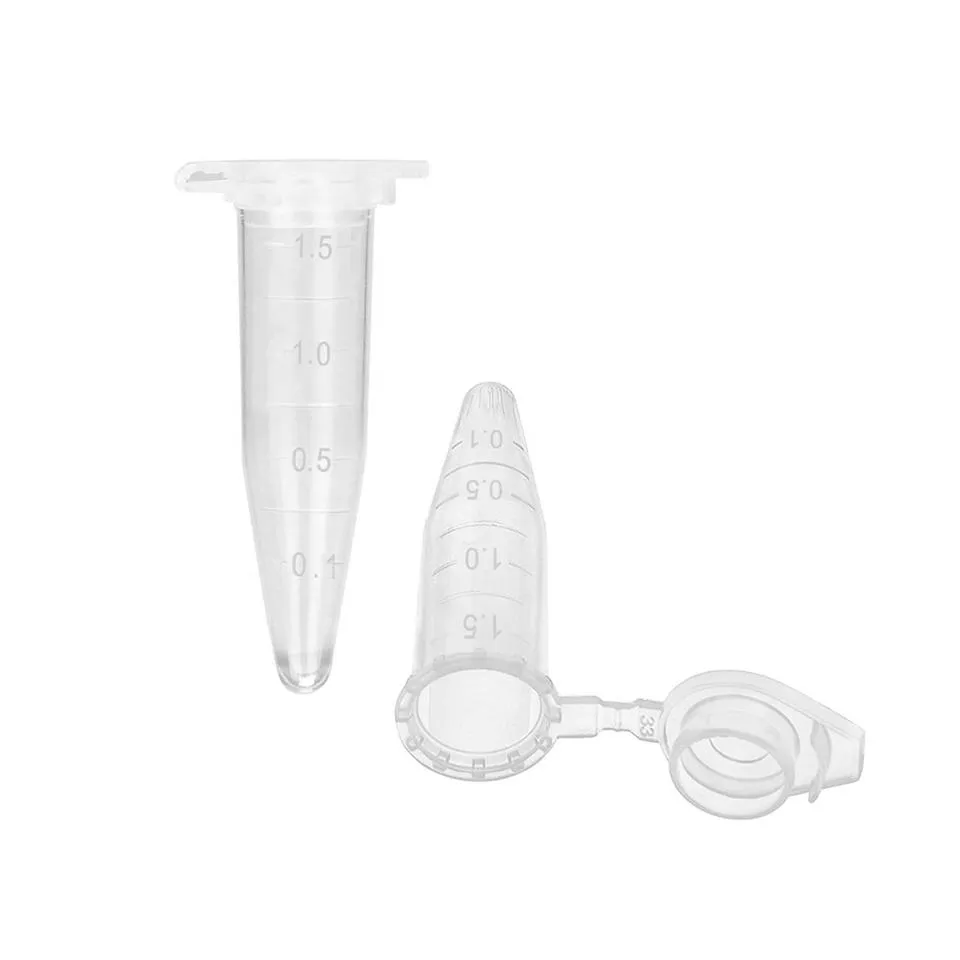sample vials plastic
The Versatility and Utility of Sample Vials in Modern Laboratories
In today's fast-paced scientific environment, the demand for efficient and reliable sample storage, transportation, and handling continues to grow. One of the unsung heroes in laboratories across various fields is the sample vial. These small containers may seem simple, yet they play an essential role in sample integrity, safety, and overall laboratory efficiency. Among the various types of sample vials available, plastic sample vials have gained significant popularity due to their versatility and practicality.
Understanding Sample Vials
Sample vials are containers used to store and transport liquids, solids, or powders for analysis, experiments, or other purposes. They come in various shapes, sizes, and materials, with plastic and glass being the most common. Plastic sample vials are particularly favored for their lightweight nature, break-resistant properties, and cost-effectiveness compared to their glass counterparts.
Benefits of Plastic Sample Vials
1. Durability and Safety One of the primary advantages of plastic sample vials is their durability. Unlike glass vials, which can shatter easily and pose safety risks, plastic vials are less likely to break during handling and transportation. This durability is crucial in busy laboratories where accidental drops are common.
2. Variety of Materials Plastic sample vials can be made from various types of polymers, including polypropylene, polyethylene, and polystyrene. Each material offers unique benefits; for example, polypropylene vials are known for their excellent chemical resistance and can withstand a broad range of temperatures, making them ideal for various applications.
3. Cost-Effectiveness In laboratory settings where large quantities of samples need to be stored or transported, cost considerations come into play. Plastic sample vials are typically more affordable than glass vials, allowing labs to purchase larger quantities without breaking the budget. This affordability makes them an attractive option for both research and clinical settings.
4. Compatibility with Automation Many modern laboratories employ automated systems for sample sorting and analysis. Plastic sample vials are often designed to be compatible with robotic systems, ensuring seamless integration into workflows. Their uniform shapes and sizes allow for easy handling by automated equipment, enhancing overall laboratory efficiency.
sample vials plastic

5. Customizability Another significant advantage of plastic sample vials is their plasticity and the ability to customize them according to specific laboratory needs. Many manufacturers offer vials in various colors, sizes, and shapes, and some even allow for printing labels directly onto the vials. This customization can simplify sample identification and tracking in busy laboratories.
Applications Across Various Fields
Plastic sample vials are utilized in a wide range of scientific and industrial applications. In clinical laboratories, they are often used for blood and urine samples, where maintaining sample integrity is critical for accurate diagnostic results. In the pharmaceutical industry, researchers use plastic vials to store reagents and compounds, facilitating drug development and testing.
Environmental scientists also rely on plastic sample vials for collecting soil, water, and air samples during field tests. The chemical resistance of these vials ensures that the samples remain uncontaminated until analysis. Furthermore, industries such as food and beverage production utilize plastic vials for quality control testing to ensure safe and consistent products.
Environmental Considerations
While plastic sample vials offer numerous benefits, it's essential to acknowledge the environmental impact of plastic waste. Many laboratories are now adopting sustainable practices, including using recyclable materials for their sample vials. Manufacturers are also exploring bioplastics and other environmentally friendly materials to address these concerns. By prioritizing sustainability, laboratories can reduce their environmental footprint while still benefiting from the practicality of plastic sample vials.
Conclusion
The importance of sample vials, particularly plastic ones, cannot be overstated in the modern laboratory landscape. Their durability, cost-effectiveness, compatibility with automation, and versatility make them indispensable tools in a variety of scientific fields. As laboratories continue to evolve and adopt sustainable practices, plastic sample vials will likely remain a fundamental component of sample management, contributing to research advancements and innovation for years to come.
-
Aesthetic Makeup Spray Bottles | Fine Mist Empty RefillableNewsAug.19,2025
-
White Plastic Veterinary Vaccine Vials | Lab Liquid BottlesNewsAug.18,2025
-
Plastic Medicine Liquid Bottle: Secure Flip Top Drug VialsNewsAug.17,2025
-
Durable 250ml Blue Plastic Vaccine Vial for Lab & Vet UseNewsAug.16,2025
-
Sterile Virus Sample Tubes: Secure & Reliable Specimen CollectionNewsAug.15,2025
-
White 250ml Plastic Vaccine Vial for Lab & Vet MedicineNewsAug.14,2025
























